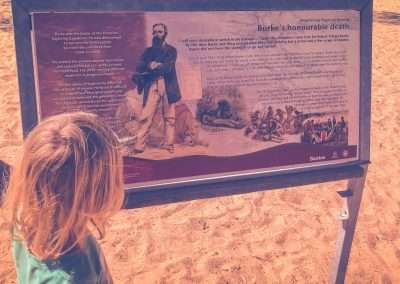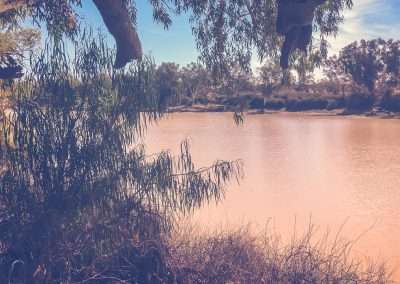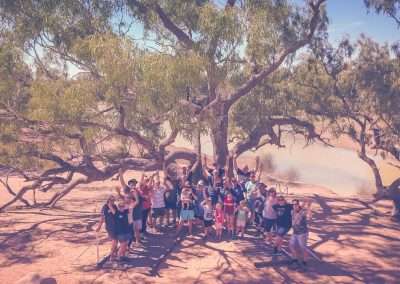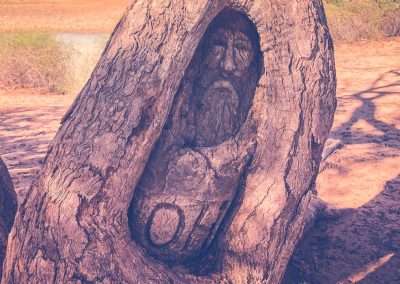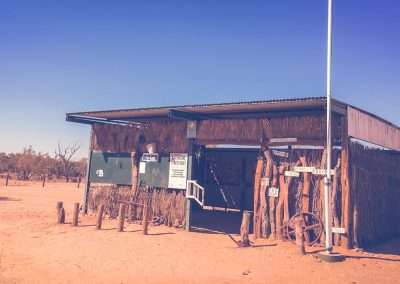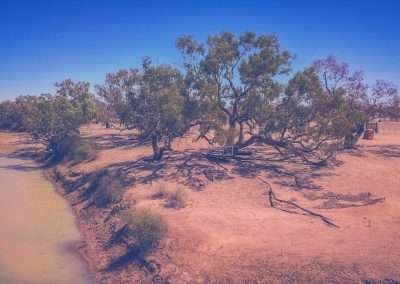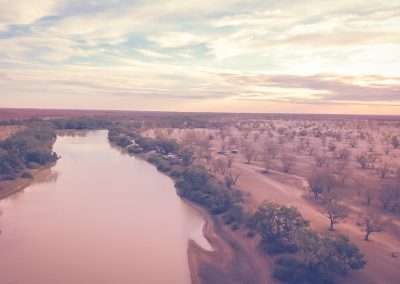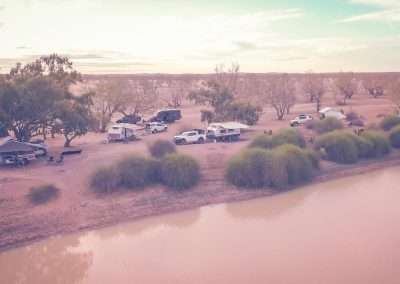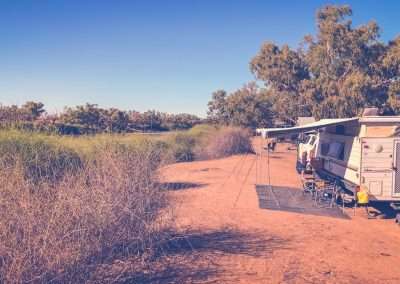The Dig Tree Location And Camping
Located on the banks of Cooper Creek in Queensland, this tree stands as a silent witness to the legendary Burke and Wills expedition of the early 1860s. For those who love history and adventure, camping at the Dig Tree offers a unique opportunity to step back in time and immerse yourself in the tale of these brave explorers.
Table Of Contents
- The Dig Tree Location Geographical Information
- Historical Context
- Camping at the Dig Tree
- Things to Do While Camped at the Dig Tree
- Travel Tips
- Conclusion
- FAQs Frequently Asked Questions About The Dig Tree Location
- What is the Dig Tree?
- How do I get to the Dig Tree?
- What is the best time to visit the Dig Tree?
- Are there any guided tours available?
- What should I pack for a trip to the Dig Tree?
- Is the Dig Tree site safe for visitors?
- What is the historical significance of the Dig Tree?
- Are there any accommodation options near the Dig Tree?
- Can I visit the Dig Tree year-round?
- What should I know about the local wildlife?
- Are there any nearby attractions to visit?
- The Dig Tree location Photo Gallery
The Dig Tree Location Geographical Information
Where is the Dig Tree?
The Dig Tree is situated in the Bulloo Shire in southwestern Queensland, Australia. It is approximately 330 kilometres from Thargomindah, the closest town with basic amenities. The coordinates for the Dig Tree are approximately 27°37′43″S 141°04′31″E, placing it in a remote and rugged part of the Australian outback.
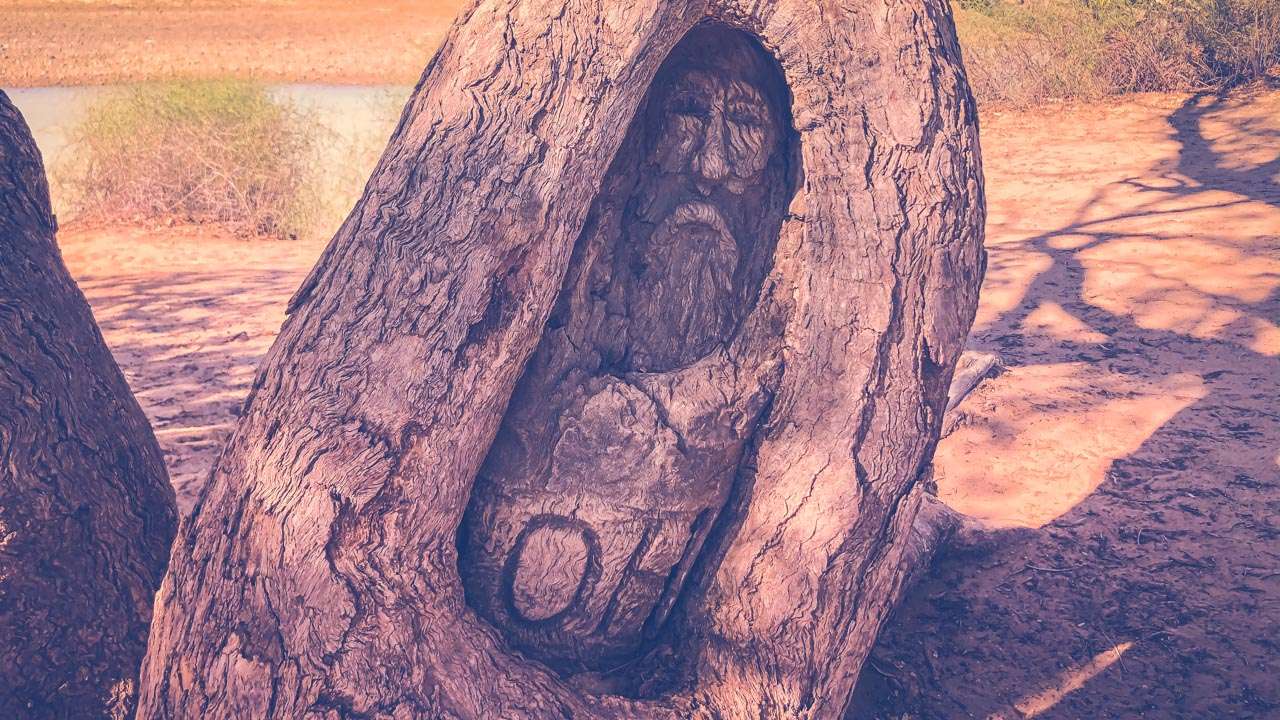
Dig Tree Carving
How to Get There
- By Car: The journey to the Dig Tree is best undertaken with a 4WD vehicle due to the unsealed and sometimes challenging road conditions. From Thargomindah, follow the signs toward the Dig Tree, ensuring your vehicle is well-prepared for off-road travel.
- By Air: The nearest airstrip is at Innamincka in South Australia. From there, you can drive to the Dig Tree site, which is approximately 60 kilometres away.
Best Time to Visit
The most favourable time to visit the Dig Tree is during the cooler months, from April to September. During these months, the temperatures are milder, making it more comfortable for travel and camping. Avoid the peak summer months when the heat can be extreme.
Historical Context
The Burke and Wills Expedition
The Burke and Wills expedition, officially known as the Victorian Exploring Expedition, set out from Melbourne in 1860 with the ambitious goal of crossing Australia from south to north. Led by Robert O’Hara Burke and William John Wills, the expedition faced numerous challenges, including harsh terrain, extreme weather and logistical difficulties.
The Story Behind the Dig Tree
The Dig Tree gained its name from the instructions carved into its bark by William Brahe, a member of the expedition who left supplies for Burke and Wills. The carving included the word “DIG,” indicating where supplies were buried. Tragically, when Burke and Wills returned to the Dig Tree, they found it deserted and had missed Brahe’s departure by only a few hours, leading to their eventual demise.
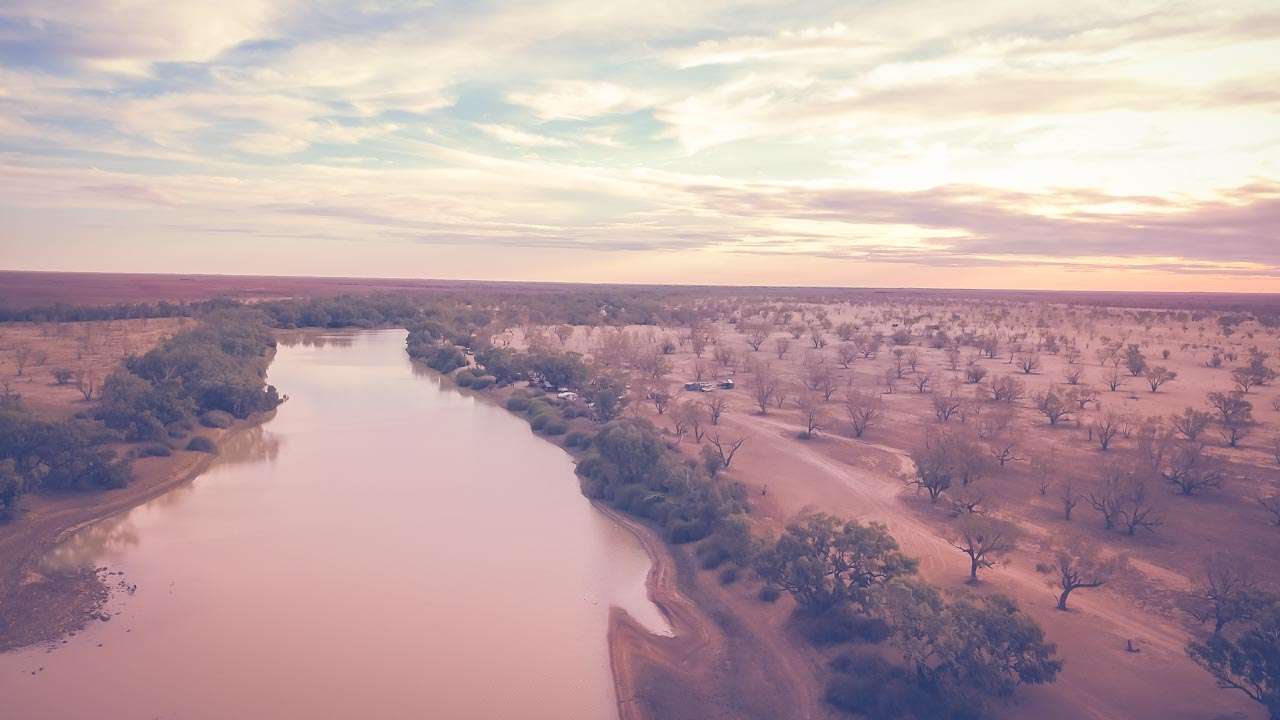
Cooper Creek Dig Tree Location
Camping at the Dig Tree
Camping Facilities
Camping at the Dig Tree offers a unique and immersive way to experience this historic site. There are designated camping areas near the Dig Tree with basic facilities, including:
- Toilets: Basic but clean facilities.
- BBQ Areas: Designated spots for cooking.
- Shade: Some shaded areas to set up camp.
What to Pack
- Water and Food Supplies: There are no stores nearby, so bring sufficient supplies for your stay.
- Camping Gear: Tent, sleeping bags and other essentials.
- Sun Protection: Sunscreen, hats and sunglasses.
- Navigation Tools: GPS or detailed maps.
- First-Aid Kit: Essential for any remote travel.
Things to Do While Camped at the Dig Tree
Explore the Historical Site
- The Dig Tree: Start by visiting the tree itself. Examine the carvings and learn about their significance.
- Interpretive Signs: Read the signs around the site to gain more insights into the expedition’s history.
- Burke’s Memorial: A short walk from the Dig Tree, this memorial honours the expedition leader.
Nature Walks and Wildlife Watching
- Cooper Creek: Go for a walk along the banks of Cooper Creek. The area is rich in birdlife and other native wildlife.
- Wildlife Watching: Look out for kangaroos, emus and various bird species. Early morning and late afternoon are the best times for wildlife spotting.
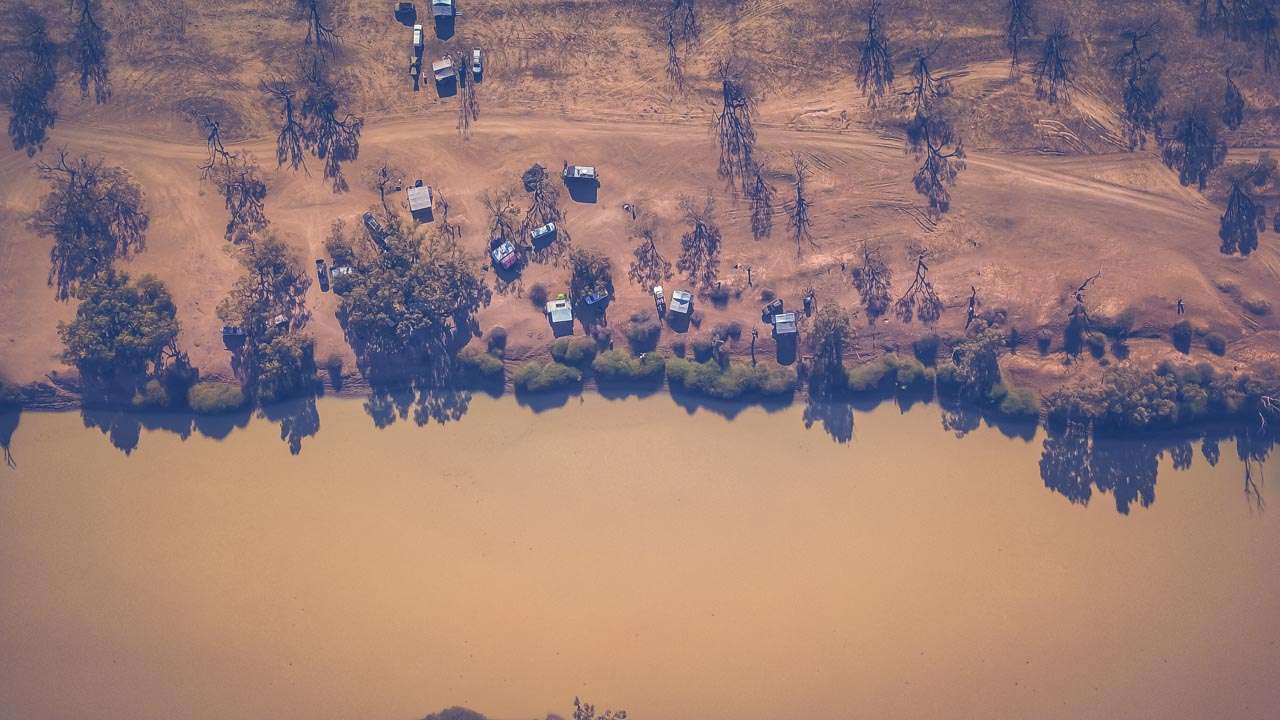
MARS Enthusiasts Muster At The Dig Tree
Photography
- Historical Landmarks: Capture the essence of the site with photos of the Dig Tree, Burke’s Memorial and the surrounding landscape.
- Sunsets and Sunrises: The outback skies offer stunning sunrise and sunset views, perfect for photography.
Stargazing
- Clear Skies: The remote location of the Dig Tree means minimal light pollution, making it an excellent spot for stargazing. Bring a telescope or a pair of binoculars or simply lie back and enjoy the night sky.
Guided Tours
- Local Guides: Consider joining a guided tour to get a deeper understanding of the site. Local guides offer detailed knowledge and personal anecdotes about the history of the Burke and Wills expedition.
Fishing
- Cooper Creek: If you enjoy fishing try your luck in Cooper Creek. Make sure to check local regulations and obtain any necessary permits.
Travel Tips
Plan Ahead
- Research: Do thorough research before your trip. Understand the route, road conditions and weather forecasts.
- Permits: Check if you need any permits for camping or fishing.
- Safety First Inform Others: Let someone know your travel plans and expected return date. Safety First
- Inform Others: Let someone know your travel plans and expected return date.
- Emergency Kit: Carry a comprehensive emergency kit, including a satellite phone or other means of communication.

Honesty Box Camping At The Dig Tree Location
Respect the Site
- Leave No Trace: Follow the principles of leave no trace. Take all your rubbish with you and respect the natural environment.
- Respect Cultural Significance: Be mindful of the site’s historical and cultural importance.
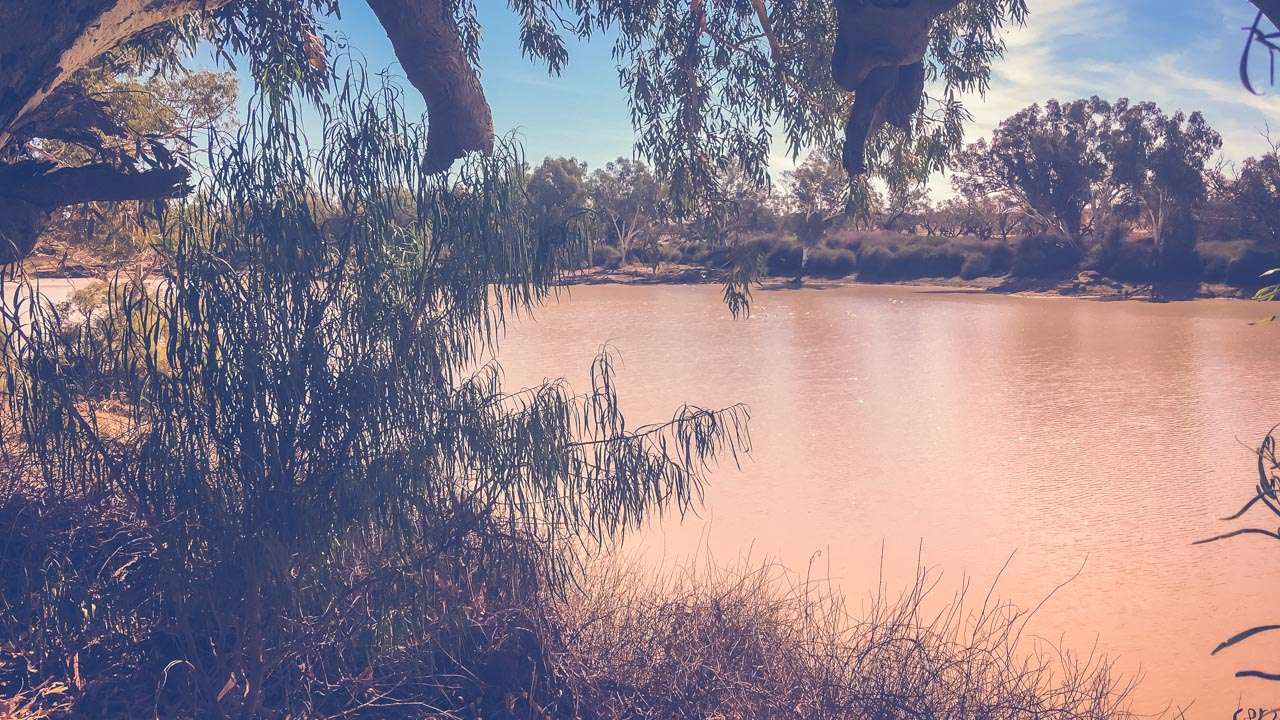
On Location Camping At The Dig Tree Cooper Creek
Conclusion
Camping at the Dig Tree is a unique way to connect with a pivotal moment in Australian history. The remote location combined with the site’s historical significance provides a deep and memorable experience for visitors. Whether you’re a history buff, nature enthusiast or are looking for a unique adventure the Dig Tree offers something for everyone.
Plan your visit carefully, respect the environment and immerse yourself in the story of Burke and Wills. It’s like a journey through time. Camping at the dig tree will not only educate you but also leave you with a deep appreciation for the challenges faced by early explorers. Start planning your trip to the Dig Tree today. Experience the history rugged beauty of this remarkable site. By doing so you’ll be preserving and honouring a significant part of Australia’s heritage. Happy camping!
FAQs Frequently Asked Questions About The Dig Tree Location
What is the Dig Tree?
How do I get to the Dig Tree?
What is the best time to visit the Dig Tree?
Are there any guided tours available?
What should I pack for a trip to the Dig Tree?
Is the Dig Tree site safe for visitors?
What is the historical significance of the Dig Tree?
Are there any accommodation options near the Dig Tree?
Can I visit the Dig Tree year-round?
What should I know about the local wildlife?
Are there any nearby attractions to visit?
The Dig Tree location Photo Gallery

